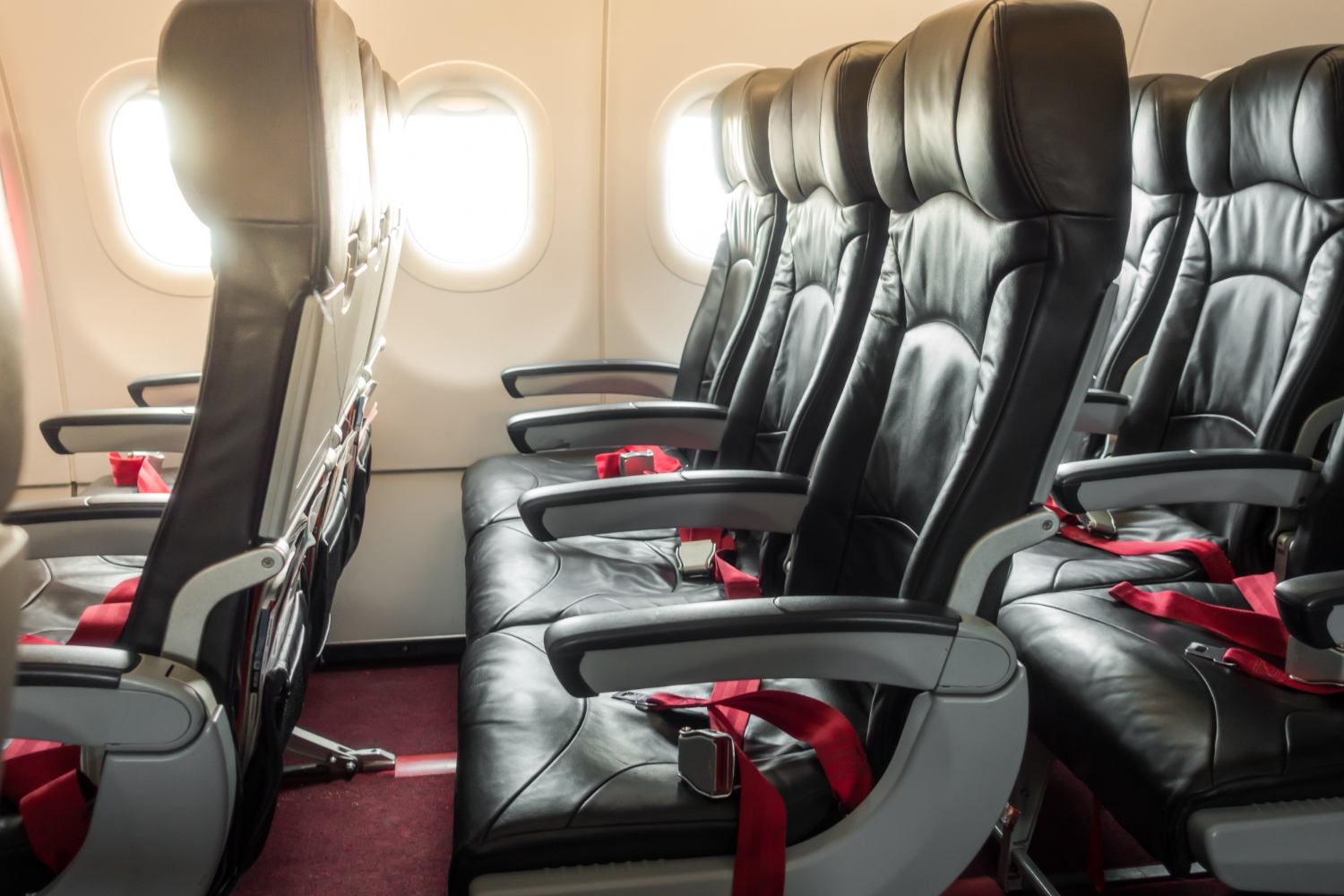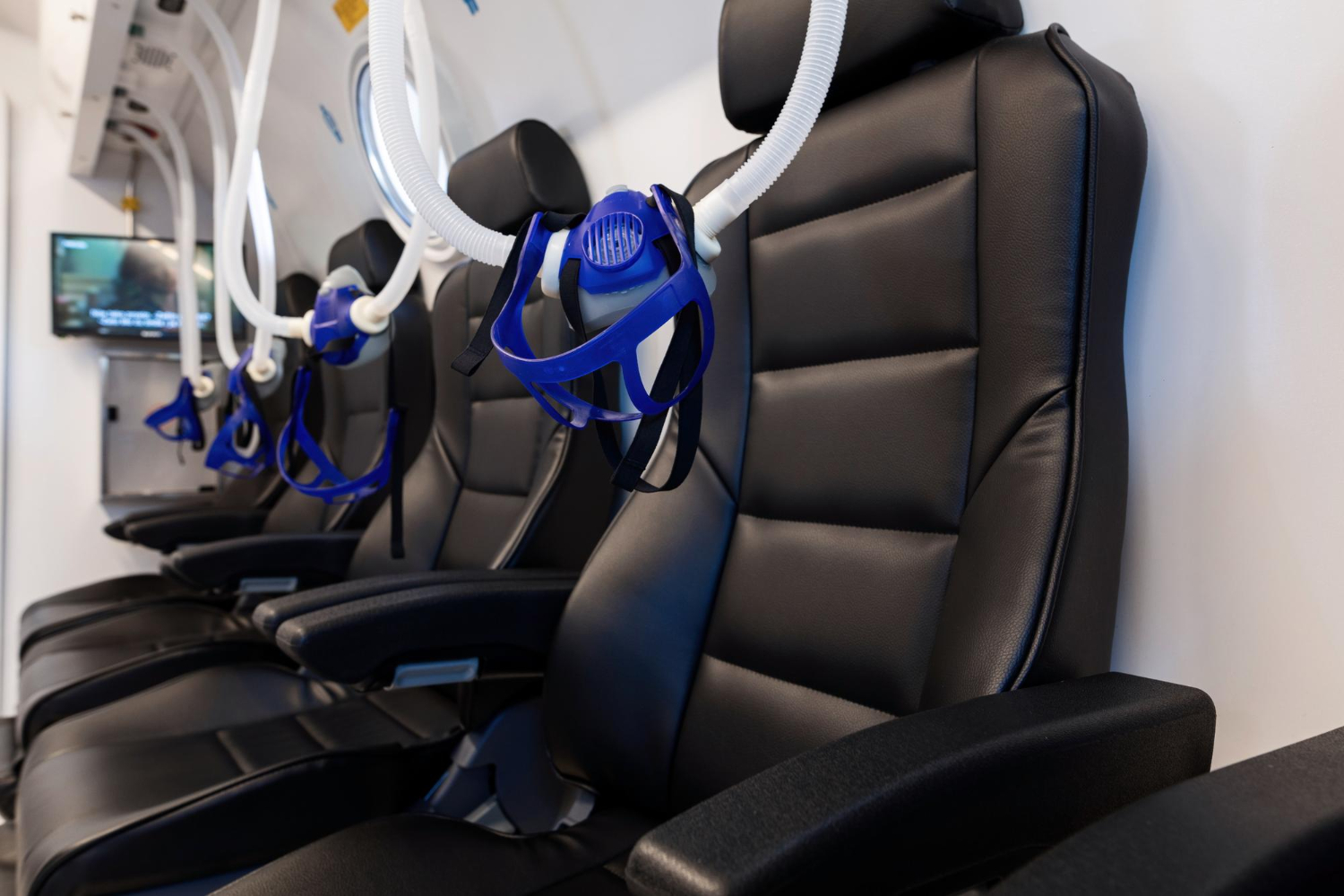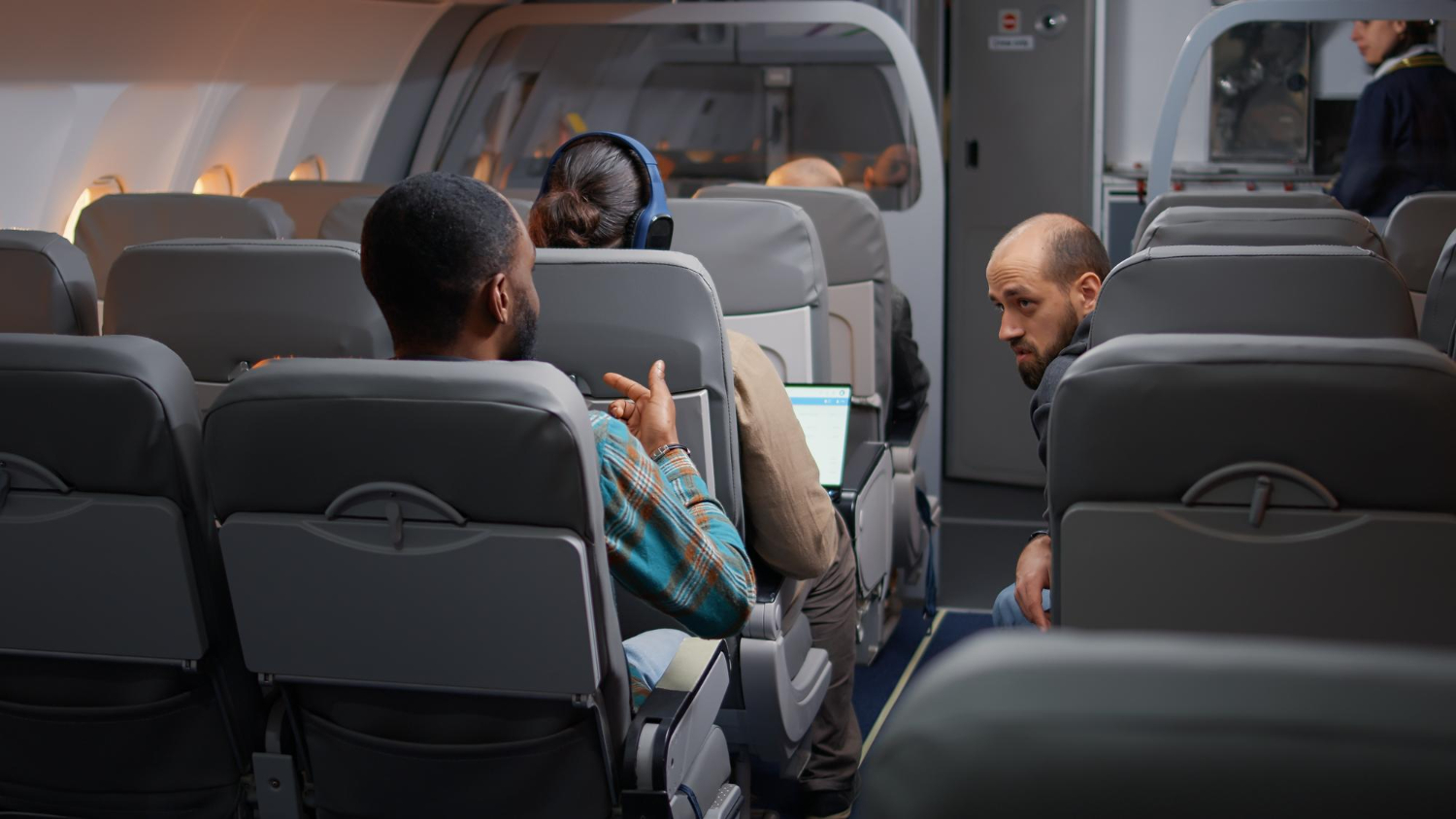
Choosing the Best Seat for Your Flight Experience
Anticipation of an air journey is always exciting, but the key to a truly enjoyable experience often lies in choosing the right seat. From ensuring a smooth start to your vacation to prioritizing comfort, especially in Economy Class, reserving the right seat can be a game-changer. Whether you desire uninterrupted sleep, crave a magnificent aerial view, or need some extra legroom, the airplane’s seating map holds the secrets to your comfort.
So let’s delve deeper into finding the perfect spot that aligns with your travel preferences explains Conor from GTP.
Key Considerations for Choosing a Seat:

- Airplane Layout and Design: Before settling on a seat, familiarize yourself with the specific airplane model you’ll be flying. A glance at the airline’s seating plan can offer insights into the layout and potential pitfalls.
- Activity Around the Seat: Ideally, sidestep seats adjacent to the crew’s workspaces or restrooms. These areas witness higher foot traffic, potentially disrupting your peace. The last row might seem attractive, but limited reclining options and nearby galley noises could be bothersome.
- Solo Travelers: If you’re flying solo, the middle seat might confine you between two passengers, restricting movement and comfort.
The Ultimate Seat Guide for Different Needs:

- For the Sleep Seekers: Do you often find yourself battling neck strain from dozing off in-flight? Secure a window seat towards the front, away from the plane’s engines. This positioning allows you to rest against the cabin wall and minimizes noise disturbances. Plus, you won’t be frequently disturbed by neighboring passengers or the service cart.
- For the Scenic View Lovers: Window seats promise stunning aerial views. However, ensure the window’s alignment isn’t obstructed by the aircraft’s wings for the best visual experience. Doing a bit of research on the seating arrangement can prevent any disappointments.
- For the Hungry Flyers: If your tummy rumbles thinking of in-flight meals, choose a seat closer to the galley, typically towards the rear. Airlines often begin their meal services from the back.
- For Those with Flying Anxieties: While air travel is statistically safe, passengers with flight anxieties might find solace in the middle seats of the last row, deemed the safest based on some data. Remember, the odds of an air mishap are exceedingly rare.
- For Those Prone to Motion Sickness: If turbulence turns your stomach, seats over the wings should be your go-to. This area feels the least jostling due to its proximity to the aircraft’s center of gravity.
- For the Legroom Lovers: If stretching out is your main concern, aim for the emergency exit rows. These seats offer more space, ensuring efficient evacuations during emergencies. An added responsibility comes with them, but the comfort might be worth the extra buck.
- For Health-Conscious Travelers: Air conditioning and proximity to many travelers can sometimes lead to catching a cold. A study suggests window seats might reduce the risk of catching airborne germs compared to aisle seats.
- For Families with Infants: Seats located behind dividers or bulkheads are golden for parents. They often come equipped with attachable baby cots. Plus, the close proximity to restrooms and changing tables is a bonus. Just be mindful that these seats might have limited under-seat storage.
Remember, the “best” seat largely depends on personal preferences and needs. This guide aims to cater to a range of requirements to ensure a comfortable journey for everyone. So, reserve wisely, and may your flights always be pleasant and memorable!
Additional Insights for an Enhanced Flight Experience:

- For Entertainment Buffs: If you’re someone who can’t imagine a flight without the in-seat entertainment system, make sure to avoid the very front seats in any section. Sometimes, the monitor placement in these seats can be awkward, or they might be missing altogether, particularly in older aircraft models.
- For the Quiet Seekers: If you’re hoping for a tranquil flight to catch up on reading or meditation, seats away from high-traffic areas like galleys and restrooms are a must. Additionally, the front of any section (just after a divider or curtain) is typically quieter, as there’s less foot traffic and passenger chatter.
- For Work-Focused Flyers: If you’re planning to work on your laptop during the flight, an aisle seat might be more suitable. It provides slightly easier access to your overhead baggage, where your work essentials might be stored. However, be cautious of the service carts and moving passengers which might bump into you occasionally.
- For the Social Butterflies: For those who enjoy striking up conversations with fellow passengers or crew members, an aisle seat towards the back could be ideal. This area offers more opportunities to chat as passengers often gather near the rear galley or restrooms during long flights.
- For the Environmentally-Conscious: The window shade plays a crucial role in regulating the plane’s temperature. If you’re seated by the window, keeping the shade down during sunny flights can help reduce the need for air conditioning, contributing in a small way to fuel efficiency.
- For those Seeking Quick Exits: If you have a tight connection or simply prefer to disembark swiftly, seats closer to the front of the plane (or near the exit in the case of dual aisle exits) are your best bet. This ensures you’re one of the first passengers off the plane.
- For the Bathroom Frequenters: If you find yourself frequently using the restroom, an aisle seat closer to the lavatories can be a strategic choice. It provides easy access without disturbing fellow passengers.
In conclusion, every flight and aircraft type offers a unique experience. By identifying your in-flight preferences and researching the specific aircraft layout, you can greatly enhance your overall journey. Regardless of the duration or destination of your flight, the right seat can make all the difference, turning a mundane trip into a delightful adventure. Safe travels!







